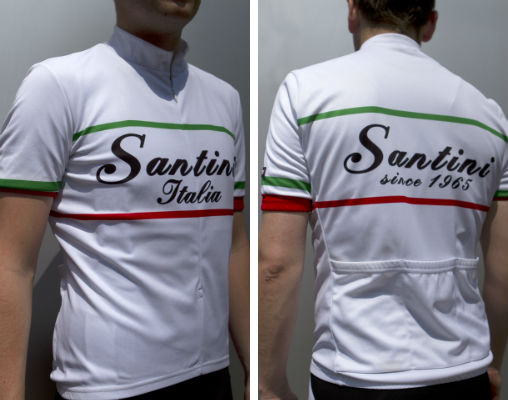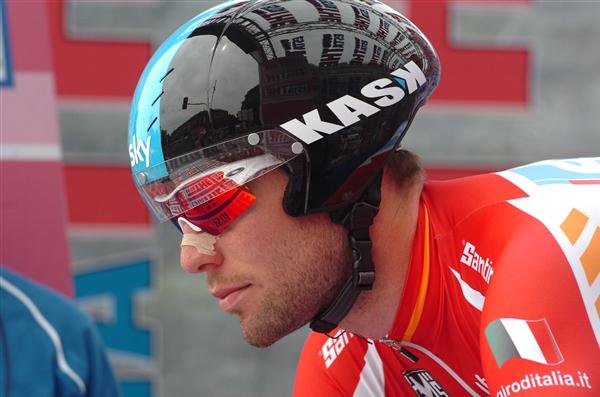The Giro d’Italia starts on Saturday, the first of the season’s Grand Tours.
What physical talents will be shown by those racing day-after-day for three weeks? How are they developed? And how can you include them in your own events, whether it be an open-to-amateurs stage race like the Ras de Cymru, or a multi-day sportive like the Tour of Wessex?
We’ll be getting the views of three different experts throughout our month of Giro-inspired content, starting with Dr Auriel Forrester, Senior Coach with the Association of British Cycle Coaches, a former head of a university sports science department, and now running her own Scientific Coaching consultancy.
Is sufficient fitness for a ‘century ride’ enough for a multi-day event?
Many of us will be considering a sportive for the first time this year. Twelve weeks is a recognised period for zero-to-hero style transformation required for something like a century ride. But can this prepare you for repeated efforts on consecutive days, or does the body have to become accustomed to serious miles over a series of one-day events?
It depends on the event is Dr Forrester’s simple answer; specifically, the length and terrain. “Most recreational riders rarely get more than two days riding in back to back so one of the simplest ways toextend your endurance training is to add a session on a Friday and/ or a Monday to your weekend repertoire,” she says.
“As always, when adding to the training load, don’t overload too many parameters at once, so add a 60 to 90 minute turbo or evening road ride at a light to moderate intensity but keep the rest of the weekend the same. Then start to extend that Friday evening session if practical, or make it harder but the same duration. Thirdly, start extending yourself on Saturday or Sunday or adding a Monday session.”
When accustomed to the schedule above, Dr Forrester recommends using single-day events as preparation for multi-day epics, combining a Sunday event with a short brisk ride the previous day and a short recovery ride the following Monday.
Anatomical challenge
The demands of multi-day riding, whether it be competing in an event, or riding a training camp, are not limited to physical effort, says Dr Forrester.
“It’s not so much the physiological demands of the riding but the anatomical aspects: hands, feet, shoulders, neck, posterior etc. So extending your weekend block to three or even four days will really help toughen up these areas. You will also need a selection of comfortable shorts, gloves and other clothing to make sure you have a sufficient wardrobe for your challenge!”
Mix it up
Extended weekend training blocks can be ‘reinforced’ with mid-week rest and rectory, and a shorter, harder session, perhaps to improve power for climbing. Variety is the key.
“Try and vary things so one weekend maybe to eight to 10 hours over three days as two + four + two hours, and on another weekend three + three + three hours, or one + six + two hours; then a rest day, include two quality midweek sessions or one longer session if time allows, take more rest and then begin the next weekend block.”
Check back throughout the month for more Giro-inspired coaching advice






